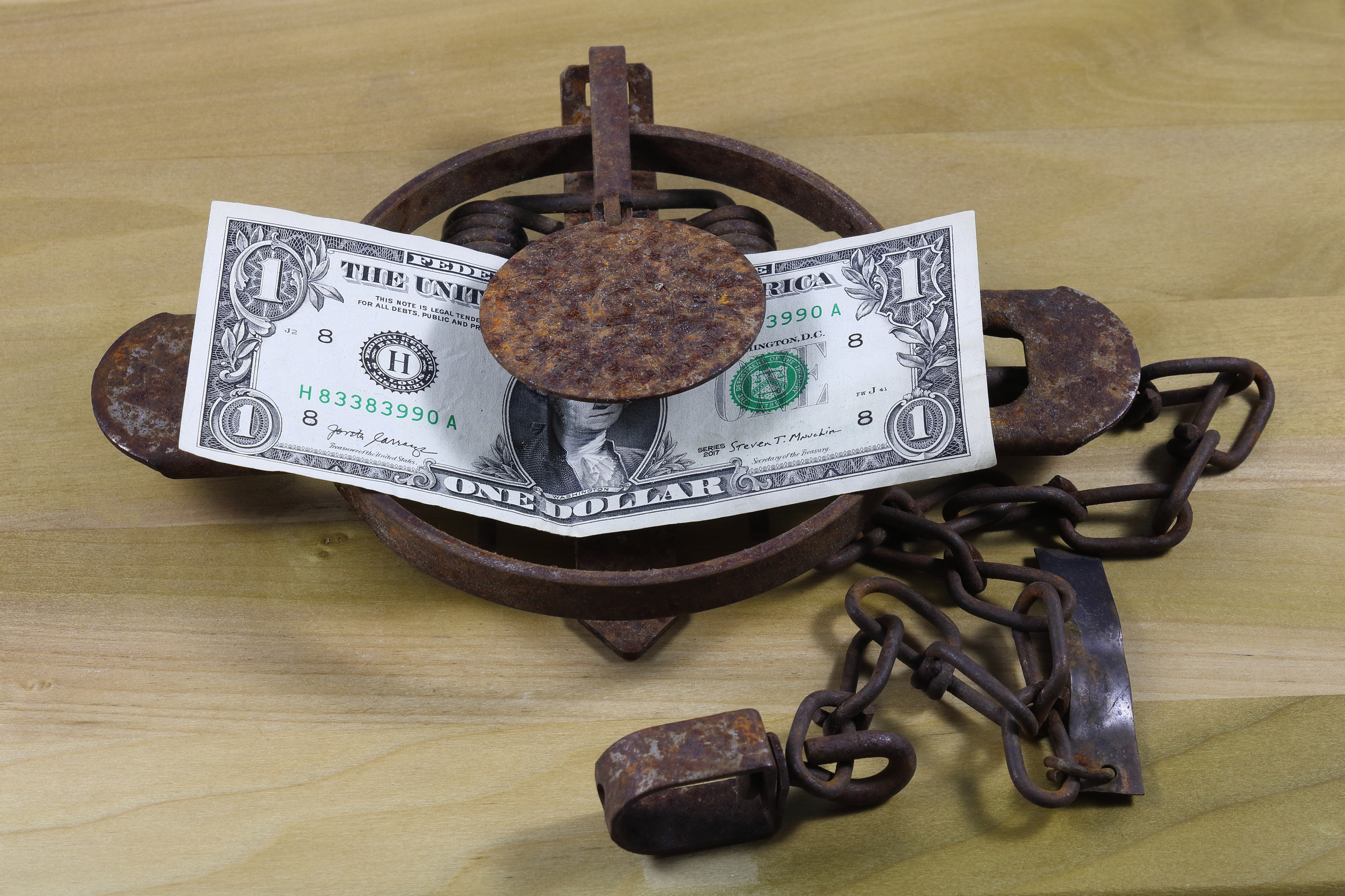Cosigning once felt like a simple gesture of support, but it’s turning into a lightning rod for lawsuits. Parents, friends, and even business partners are finding themselves dragged into court over debts they never expected to shoulder. Lenders love cosigners because they provide an extra safety net when borrowers falter.
The trouble starts when those borrowers stop paying, leaving cosigners scrambling. What looked like a favor often morphs into a full-blown financial nightmare.
Why People Agree to Cosign in the First Place
Cosigners usually step up out of loyalty, trust, or pressure from loved ones. A teenager’s first car loan, a student loan, or a shaky credit score can all spark a plea for help. On paper, it sounds noble and supportive—just signing a name on the dotted line. In reality, cosigners are legally on the hook for every missed payment. That obligation transforms what was meant to be help into a ticking financial time bomb.
The Fine Print That Packs a Punch
Most people don’t read the dense legal jargon buried in cosigning agreements. Hidden clauses often spell out that the cosigner is just as responsible as the original borrower. Once the borrower defaults, creditors don’t hesitate to chase the cosigner for the full balance. Many are blindsided, realizing too late they’ve essentially borrowed the money themselves. That legal gray zone is exactly why disputes are exploding in courtrooms.
Rising Defaults Fueling Legal Showdowns
Economic pressures, inflation, and rising interest rates are making defaults more common. As borrowers fall behind, creditors increasingly target cosigners to recover funds. Courtrooms are now seeing waves of cases where cosigners argue they were misled or uninformed. These disputes pit personal relationships against strict contract law. What was once considered a formality now serves as evidence in lawsuits.
Family Bonds Versus Legal Obligations
Nothing tests family loyalty like a cosigning agreement gone wrong. Parents who thought they were helping their kids suddenly find retirement savings drained. Siblings and cousins are squaring off in heated legal disputes. Emotional fallout is often just as severe as the financial hit. Courts are left sorting out where love ends and liability begins.
When Cosigning Becomes a Business Risk
It’s not only families caught in the mess—business partners face similar turmoil. Entrepreneurs often cosign loans for ventures that later collapse. Once failure strikes, cosigners are pursued relentlessly by creditors. Some even lose personal assets meant to be shielded from business risks. These cases illustrate how cosigning blurs the line between personal trust and business law.
Predatory Lending and the Cosigner Trap
Some lenders actively exploit cosigners, banking on their willingness to sign without question. They count on desperation or family pressure to secure agreements. Once the borrower falters, these lenders swoop in with aggressive collection tactics. Lawsuits then target the cosigner, who often feels ambushed. The imbalance of power in these situations makes cosigning fertile ground for legal conflict.
Legal Defenses on the Rise
Cosigners aren’t just rolling over anymore—they’re fighting back in court. Many argue that they weren’t given clear disclosures about the risks. Others claim fraud, misrepresentation, or coercion when signing. Judges are increasingly hearing these defenses, though outcomes vary widely. The surge in legal pushback is reshaping how cosigning disputes are fought.
Shifting Laws and Court Precedents
Some states are tightening laws to protect cosigners from predatory practices. Courts are also setting precedents that challenge one-sided lender tactics. These shifts are slowly leveling the playing field for unsuspecting cosigners. However, creditors remain powerful and rarely back down without a fight. The legal battleground is constantly evolving, making each case unpredictable.
The Future of Cosigning Agreements
If current trends continue, cosigning could become a practice people avoid entirely. Legal risks, financial damage, and family strain are driving the shift. More borrowers may have to face rejection rather than leaning on relatives or friends. For lenders, this means tougher approval processes without the cosigner safety net. Cosigning’s once-helpful image may soon carry a reputation for conflict and chaos.
The Risk Behind the Signature
Cosigning agreements are no longer just about lending a hand—they’re potential legal minefields. With defaults rising, courts are now crowded with cases testing both financial stability and personal relationships. What looks like support can quickly turn into liability with lifelong consequences. Before signing, people need to understand that cosigning is not a favor but a full-on financial contract.
What’s your take on cosigning—helpful lifeline or dangerous gamble? Drop your thoughts in the comments.
You May Also Like…
6 Situations Where Cosigning Has Ended in Bankruptcy
7 Cosigning Rules That Lenders Don’t Want Shared Publicly
Thinking About Defaulting on My New Mortgage
The Real Consequences of Cosigning Loans in 2025
8 Loan Practices That Leave Cosigners Legally Trapped


